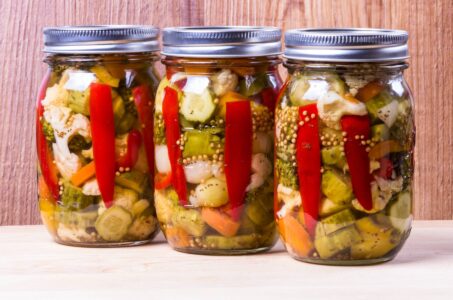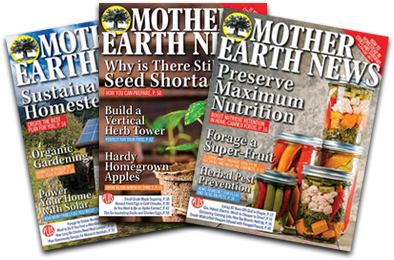Q: My husband and I are dog mushers and live in a roadless area in Alaska. As you might think, we have an abundance of dog manure gracing our acreage. We’d like to put the animal wastes to use in the garden (especially since commercial fertilizer must be toted in at a considerable expense), but we’ve heard that dog droppings carry intestinal parasites that can be harmful to humans, and that only thorough composting will destroy the “bugs.” Composting dog poop takes as long as three years in our cold climate, though. Can you suggest alternatives to this process?
Unless the proper precautions are followed, both dog and cat manure can be harmful to human health. Because so many folks own one or both species, we’d like to take this opportunity to address the overall question of using pet wastes in the garden.
Cat feces pose the greater threat to human health because they may transmit toxoplasmosis, a disease that is particularly hazardous for pregnant women, since it can seriously harm the central nervous system of an unborn child, resulting in fetal blindness, brain damage or other problems. The adult parasite involved is carried only by cats, but the eggs shed in the manure can infect humans, pigs, cows and other mammals. Because the symptoms of toxoplasmosis are similar to those of a flu virus, the disease is often diagnosed as the more familiar ailment. It’s estimated that as many as 50 percent of all Americans have been infected with the parasite at one time or another. The eggs remain viable in the soil for as long as 18 months, and the illness can be acquired through contact with infected cat manure or by ingesting the undercooked meat of an animal that became diseased by grazing near the feces. For these reasons, feline manure should always be handled with care — and not at all by pregnant women — and should never be used in the food garden. Instead, bury the waste in nonfood trees.
The primary hazard present in dog manure is roundworms. However, canine feces can be used in the garden if the waste is first composted. As you mention, the limiting factor for composting is the temperature of the pile. Try the following recipe from China: Make a pile of 1 part manure, 1 part green matter and 3 parts soil; cover the heap with a thick layer of clayey mud; and leave it until it’s “done.” In Alaska, insulating the mound with a double-walled solar bread-box-type enclosure might help shorten the incubation time.
Alternatively, uncomposted dog waste could be used as a side-dressing for nonfood plants, fruit-bearing shrubs and trees, and other cultivars whose edible parts are not in direct contact with the soil. Be sure, though, never to use the fertilizer in areas where children might play.
John Jeavons and Robin Leler areexperts in biointensive gardening.







